Best 10 Travel Tips for Exploring India – India is a land of vibrant traditions, deep-rooted history, and stunning natural beauty—making it a destination like no other. Whether you’re visiting for the first time or returning to explore more, a few smart travel tips can make your journey safer, smoother, and more rewarding.
At Xplro.com, we’ve put together the top 10 essential tips to help you navigate India with confidence and truly connect with its culture, people, and places.
- Best Time to Visit India by Region
- 1. Plan According to the Best Time to Visit
- 2. Understand the Local Culture and Etiquette
- 3. Stay Hydrated, But Drink Bottled Water
- 4. Embrace the Culinary Adventure, But Be Cautious
- 5. Pack Appropriate Clothing for Different Regions
- 6. Use Trusted Transportation Options
- 7. Respect India’s Religious Diversity
- 8. Manage Your Money Wisely
- 9. Travel Insurance is Essential
- 10. Be Open to New Experiences
- FAQs
Best Time to Visit India by Region
India’s climate varies dramatically by region, from the snow-covered peaks in the north to the tropical coasts in the south. To help you plan better, Xplro.com has created this region-wise weather guide highlighting the best times to visit each part of the country.
Whether you’re chasing monsoon magic or winter festivals, this seasonal breakdown by Xplro.com ensures your trip matches the mood of the destination.
| Region | Best Time to Visit | Why |
|---|---|---|
| Northern Plains (Delhi, Agra, Jaipur) | October to March | Pleasant weather for sightseeing and festivals |
| Himalayan Region (Ladakh, Himachal) | May to September | Snow-free roads, ideal for trekking and adventure |
| Southern India (Kerala, Tamil Nadu) | October to February | Cooler, drier months perfect for backwaters and beaches |
| Western India (Rajasthan, Gujarat) | November to February | Avoids extreme summer heat; ideal for desert safaris |
| Coastal Areas (Goa, Mumbai) | November to March | Dry season with beach-friendly weather |
| Monsoon Destinations (Meghalaya, Kerala) | June to September | Lush landscapes and waterfalls, but expect rain |
1. Plan According to the Best Time to Visit
India is a vast country with diverse climates. The best time to visit depends on where you’re going. Generally, the cooler months from October to March are ideal for most regions. However:

- Light cotton clothes for humid areas like Kerala and Goa
- Warm layers for hill stations and Himalayan regions
- Modest attire for religious sites (scarves, long pants, covered shoulders)
- Comfortable walking shoes for exploring cities and heritage sites
- Rain gear if traveling during monsoon season
Plan your trip accordingly to avoid extreme weather and enjoy the best of what India has to offer.
2. Understand the Local Culture and Etiquette
India is a culturally diverse country, with different traditions, languages, and customs in each region. Respecting local traditions is essential. Here are a few general tips:
- Dress modestly, especially at temples and mosques
- Remove shoes before entering homes or religious places
- Avoid public displays of affection
- Learn basic Hindi phrases like “Namaste” and “Dhanyavaad” (thank you)
Being aware of and respecting cultural practices will not only make your travel smoother but will also enhance your interactions with locals.
3. Stay Hydrated, But Drink Bottled Water
India’s tropical climate can lead to dehydration, especially when exploring cities or trekking in warmer areas. Since tap water in India is not generally safe to drink, it’s important to stay hydrated:
- Drink sealed bottled water only
- Avoid ice in drinks unless you’re sure it’s purified
- Eat peeled fruits and avoid raw salads from street vendors
- Carry oral rehydration salts or electrolyte tablets
These tips will help you avoid water-borne diseases and ensure a healthy journey.
4. Embrace the Culinary Adventure, But Be Cautious
India’s cuisine is diverse and delicious, offering a variety of flavors and regional specialties. While street food can be tempting, it’s important to be cautious to avoid digestive issues:
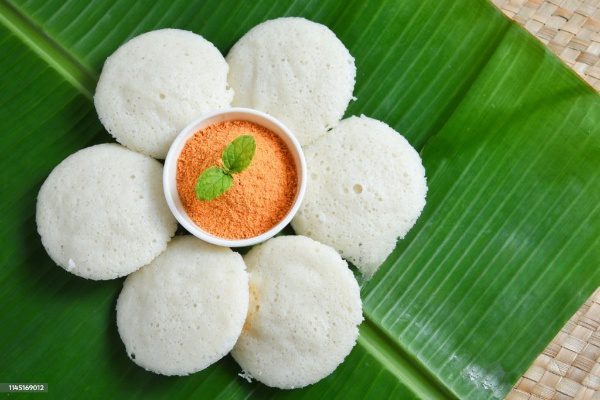
- Eat at busy, well-reviewed restaurants
- Avoid raw foods and uncooked street snacks
- Introduce spicy dishes gradually
- Carry digestive aids like antacids or probiotics
By following these tips, you can enjoy India’s culinary richness without the discomfort.
5. Pack Appropriate Clothing for Different Regions
India’s weather varies greatly depending on the region and season. Packing the right clothes is essential for comfort and respecting local culture. Here’s a general packing guide:
- Light, breathable clothing: For humid areas (southern states, coastal regions).
- Warm clothes: If you are visiting hill stations or Himalayan regions.
- Modest attire: Especially for visiting temples or religious sites (scarves, long sleeves, and trousers for women, and covering the knees for men).
- Comfortable shoes: As walking is often the best way to explore Indian cities and heritage sites.

Packing appropriately will make your journey more comfortable and enjoyable.
6. Use Trusted Transportation Options
India has an extensive transportation network, from local auto-rickshaws to long-distance trains. While public transportation is affordable and a cultural experience, safety and comfort are important:
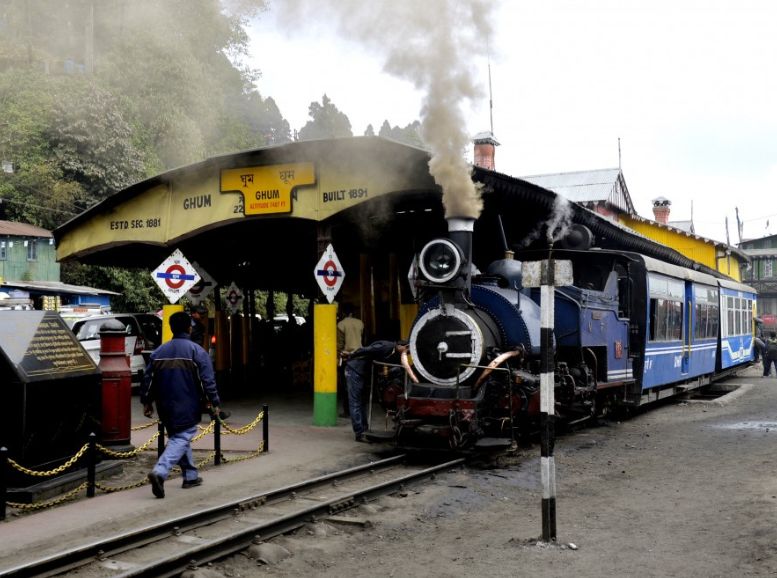
- Trains: Book tickets in advance and choose AC classes for longer journeys.
- Buses: Opt for Volvo or private buses for intercity travel.
- Rickshaws: Ensure the driver uses the meter or negotiate a fair price before starting your journey.
- Taxis: Use trusted taxi services like Uber or Ola in cities.
🚆 5. Use Safe and Reliable Transportation
India’s transport system is vast but can be chaotic. Here’s how to travel smart:
| Mode of Transport | Tips for Travelers |
|---|---|
| Trains | Book in advance via IRCTC or Cleartrip; opt for AC classes for comfort |
| Buses | Choose Volvo or private operators for intercity travel |
| Auto-rickshaws | Always negotiate fare or ensure the meter is used |
| Taxis | Use Uber, Ola, or hotel-arranged cabs for safety and transparency |
| Flights | Domestic airlines like IndiGo and Vistara offer affordable, reliable service |
Plan ahead for longer distances and be mindful of safety when traveling late at night.
7. Respect India’s Religious Diversity
India is home to many religions, including Hinduism, Islam, Sikhism, Buddhism, and Christianity. Each has its own sacred sites, festivals, and traditions. When visiting religious sites:
- Dress modestly: And cover your head if required (especially in gurudwaras and mosques).
- Remove your shoes: Before entering temples, mosques, and some homes.
- Be mindful of photography: It may be prohibited in some sacred areas.
- Respect prayer times and rituals.
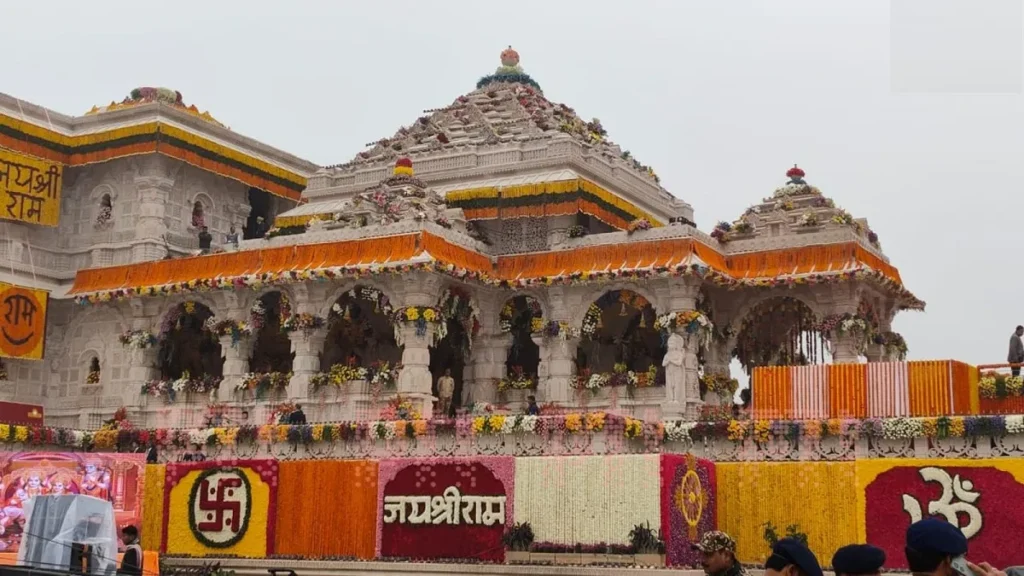
Showing respect for religious practices will enrich your travel experience and earn you goodwill.
8. Manage Your Money Wisely
India is a cash-driven economy, although digital payments are becoming more common. However, it’s still helpful to have cash on hand for small purchases or in remote areas. Here’s how to manage money while traveling in India:
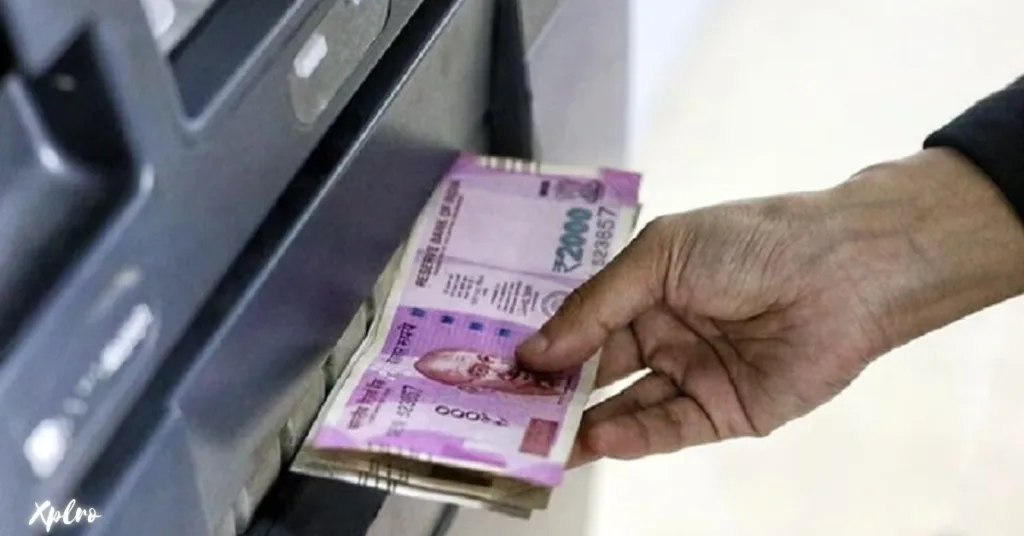
- Carry small denominations of Indian rupees. For local purchases.
- Use ATMs to withdraw cash. In cities, but be cautious of extra fees.
- Credit cards are widely accepted. In hotels, restaurants, and larger stores.
- Mobile payment apps like Paytm and Google Pay. Are also popular in many cities.
Keeping a balance of cash and digital payment options will make transactions smoother.
9. Travel Insurance is Essential
India offers a wealth of experiences, but travel mishaps can occur, from illness to lost luggage or sudden cancellations. Having comprehensive travel insurance is essential:
- Ensure your policy covers medical emergencies. Including hospital stays and treatments.
- Look for policies that cover trip cancellations. Lost baggage, and flight delays.
- Adventure activities like trekking, rafting, and wildlife safaris. Should also be included if you plan to engage in these.
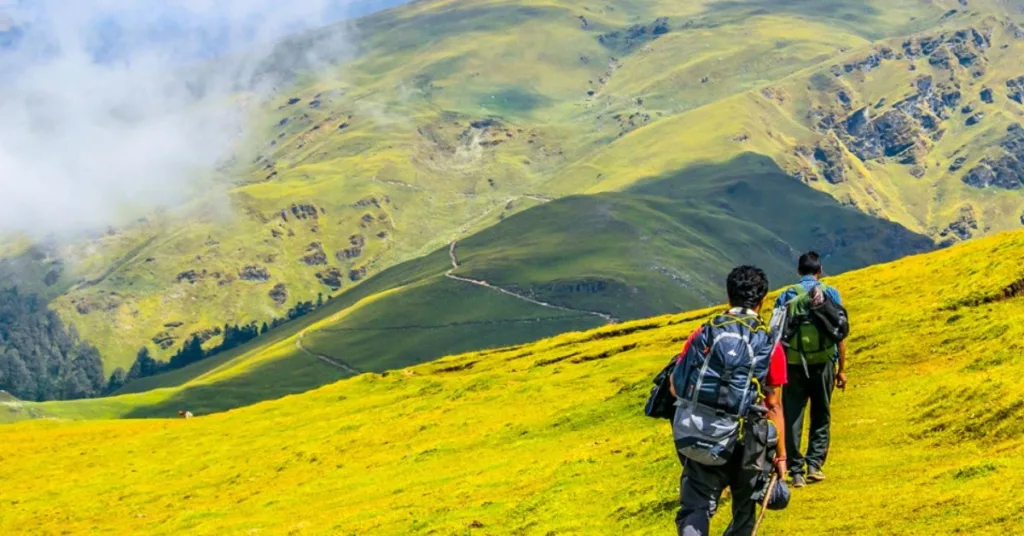
Travel insurance provides peace of mind and financial protection during your journey.
10. Be Open to New Experiences
Finally, the most important travel tip for India is to be open to new experiences. India can be overwhelming with its noise, crowds, and chaos, but it’s also filled with beauty, warmth, and unique cultural experiences. Be prepared for:
- Crowded streets and bustling markets.
- Warm hospitality and curiosity from locals.
- Stunning contrasts between ancient heritage and modern developments.
Conclusion, Travel Tips for Exploring India
India’s rich tapestry of history, diverse landscapes, and vibrant culture captivates every traveler. To ensure a smooth, enjoyable, and unforgettable experience, explore Xplro.com (your one-stop travel guide to India) for these top 10 tips: 1. Plan your visit based on the region’s climate. 2. Respect local customs by dressing modestly at religious sites. 3. Stay hydrated with bottled water or a purifier. 4. Savor delicious cuisine, but be cautious with street food. 5. Pack light, breathable clothes for hot areas and warm layers for cooler regions. 6. Utilize trains, buses, rickshaws, and trusted taxi services like Uber or Ola for safe and affordable travel. 7. Be mindful of religious practices when visiting sacred sites. 8. Carry a mix of cash and digital payment options. 9. Consider travel insurance for unexpected mishaps. 10. Embrace the vibrant chaos – India offers stunning beauty, warm hospitality, and unique experiences!
FAQs
1. Is India safe for solo travelers?
- Yes, India is generally safe for solo travelers, especially in popular tourist destinations. However, it’s crucial to stay vigilant, particularly at night. Stick to well-lit and crowded areas, avoid walking alone in isolated spots, and always use trusted transportation services like Uber or Ola. Solo female travelers should consider dressing conservatively and staying at accommodations with good reviews.
2. Do I need a visa to travel to India?
- Yes, most foreign travelers will need a visa to enter India. The easiest way to get one is through the e-Visa system, which is available to citizens of many countries. Be sure to apply for the correct visa based on the purpose and duration of your trip, and make sure to apply well in advance of your planned travel dates.
3. When is the best time to visit India?
- The best time to visit India largely depends on the region you plan to explore. In general, the cooler months between October and March are ideal for most parts of the country. However, if you’re planning to visit Himalayan regions, the summer months (May to September) are better. The monsoon season (June to September) is perfect for destinations like Kerala and Goa.
4. Can I use credit cards in India?
- Credit cards are widely accepted in urban areas, especially in hotels, upscale restaurants, and larger stores. However, for smaller towns and rural regions, carrying cash is essential. ATMs are readily available in cities, but it’s always a good idea to have some local currency on hand for markets, taxis, and smaller vendors.
5. Is it safe to eat street food in India?
- India’s street food is world-renowned, but it’s important to exercise caution. Stick to popular stalls that are busy with locals, as this ensures a high turnover of fresh food. Avoid raw foods like salads and unpeeled fruits, and always opt for bottled or filtered water to stay safe from waterborne illnesses.
6. What should I pack for a trip to India?
- Packing for India depends on the regions you’re visiting and the time of year. Lightweight, breathable clothing is recommended for the hot and humid areas, while you’ll need warmer attire for visits to the Himalayas or other mountainous regions. Modest clothing is appreciated when visiting religious sites or rural areas. Essentials include a good pair of walking shoes, a reusable water bottle, sunscreen, and insect repellent.
7. Do I need vaccinations before traveling to India?
- Yes, it is recommended to get certain vaccinations before traveling to India. The key vaccines include those for hepatitis A, typhoid, and tetanus. If you are visiting more rural or remote areas, you may also need vaccinations for hepatitis B, cholera, or rabies. Be sure to consult with your doctor or a travel clinic before your trip.
8. What is the best way to get around in Indian cities?
- India offers various transportation options, including taxis, auto-rickshaws, buses, and metros (available in cities like Delhi and Mumbai). Ride-hailing apps such as Uber and Ola are reliable options for getting around urban areas. If you plan to travel between cities, India’s extensive train network is a good option, though advance booking is recommended during peak seasons.
9. What currency is used in India, and how can I exchange money?
- India’s official currency is the Indian Rupee (INR). ATMs are widely available in cities, allowing you to withdraw cash. Credit cards are accepted in urban areas and tourist hotspots, but you should always carry some cash, especially when visiting remote destinations. Currency exchange services are available at airports, hotels, and banks, but it’s advisable to compare rates before making exchanges.
10. Is tipping customary in India?
- Yes, tipping is a common practice in India, particularly in restaurants, hotels, and for services such as drivers or tour guides. In restaurants, tipping around 10-15% of the bill is standard. For hotel staff, tipping the bellboy or housekeeping staff is appreciated. In smaller, local eateries or taxis, rounding up the fare is considered polite.
11. What languages are spoken in India, and will I face language barriers
- India is a multilingual country with 22 officially recognized languages. Hindi and English are the most widely spoken and understood, especially in urban areas. Most tourist services, including hotels, restaurants, and transportation hubs, offer assistance in English, so language barriers are generally minimal for travelers. In rural areas, however, local languages may be more prevalent.
12. What cultural norms should I be aware of when traveling in India?
- India has a rich and diverse culture with specific norms regarding dress and behavior. It’s important to dress modestly, especially when visiting temples or rural areas. Public displays of affection are frowned upon in many regions. Always remove your shoes before entering someone’s home or a place of worship. Be mindful of local customs, and avoid discussing sensitive topics like politics or religion unless you know the person well.






